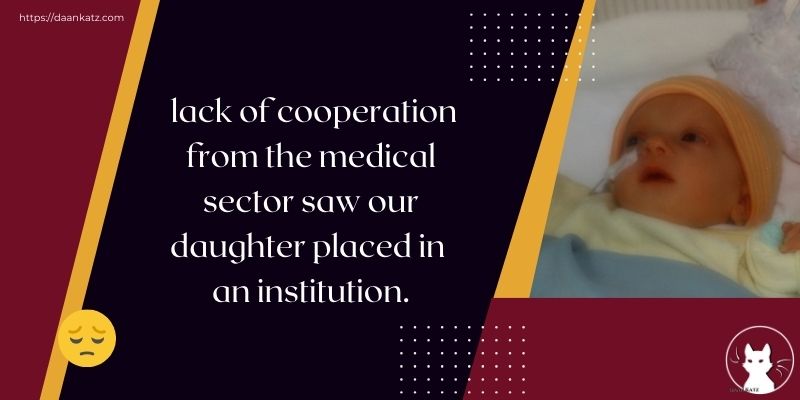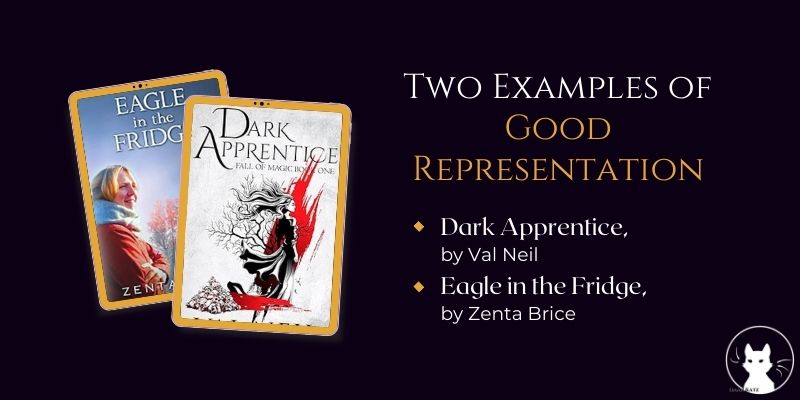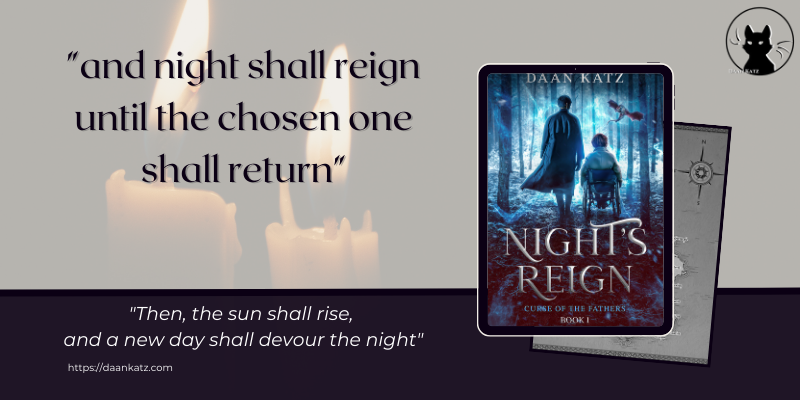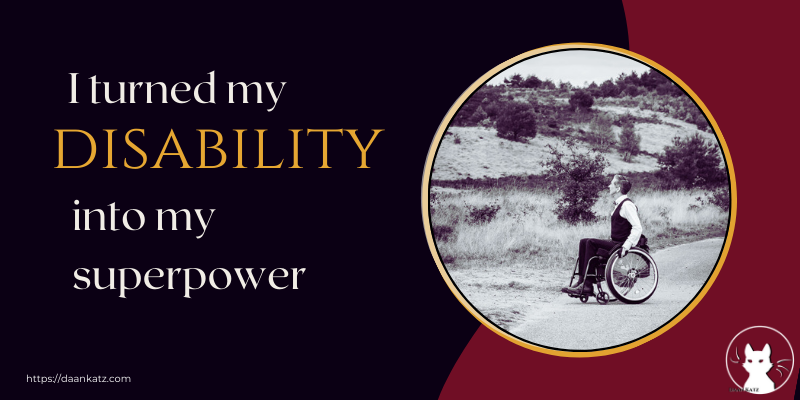Inclusive Fiction is powerful. It can change the world.
Disability is all around us, and yet we see relatively few disabled characters in fiction. Although the tides seem to be changing, with (a.o.) Brandon Sanderson writing disabled and chronically ill characters in his books—and striving to do so in a positive, respectful way—we still have a long way to go.
Table of Contents
Personal Perspective
I grew up in the sixties and seventies of the previous century. Disability was basically seen as something tragic, or even a punishment for sins committed by you or your parents. Often, the disabled were put away in institutions, rendering them and their fates largely invisible to society. Ableism was rife, yet the word ableism didn’t even exist back then. It seemed like nobody cared.
Back then, I didn’t need a wheelchair, and I was considered to be a healthy, albeit “different” child. My otherness made me an easy target of relentless bullying, which eventually led to deep depressions that ultimately resulted in two failed suicides.
Fighting the medical system
Fast forward to the late nineties. I was married, and had two children, one of whom was severely disabled. Although we wanted to care for her ourselves, at home where she belonged, lack of cooperation from the medical sector saw her placed in an institution. We were given no choice.

Fast forward again, this time to 2013, and after a lifetime of dealing with medical dismissals and gaslighting, I was diagnosed with Ehlers-Danlos Syndrome. By then, I had already been using a mobility scooter for several years because I could not walk for more than ten metres without being in total agony.
And there’s still more. Even though it was apparent from my earliest childhood that I was “different” it took till 2020 to finally get diagnosed with Autism Spectrum Disorder; only because I don’t resemble “Rain Man” in the slightest.
Resolve
All of this together has kindled in me a strong desire to actually do something about the discrimination disabled people have had to deal with since the beginning of times, and still are subject to even today, when we should know better.
As an author, I can truly contribute to raising awareness through my stories, and that’s exactly what I aim to do. I want to show my readers that disabled people are no lesser people, who can offer society a lot—if they get the chance.
Importance of Inclusive Fiction
Representation matters. It’s important to portray disabled characters in fiction, and to do so accurately and respectfully. We need disability to be more visible in a society that is still too focussed on external beauty and perfection—or rather what it perceives as beautiful and perfect. But perfection does not exist, and beauty, as we all know, only exists in the eye of the beholder.
Imagine what could happen if we saw disabled people represented in the media (films, tv series, books, games) as happy, capable people, living fulfilling lives. It would turn societal expectations upside down and could be the start of a revolution. One that could truly make this world a better place.
Examples of Good Representation
We’ve seen how Brandon Sanderson is really striving to be inclusive in his books. For example, the way he portrays Kaladin (in the Stormlight Archives), who suffers from debilitating depressions, is phenomenal, and may well help many readers understand what depression is really like.
Of course, I don’t only read Sanderson. In fact, I don’t even limit myself to the fantasy genre only. I have read other stories where disability is portrayed with honesty and accuracy.
One that really stood out to me is “Dark Apprentice” by Val Neil. Without wanting to go into too much detail, I can tell you that this is a dark fantasy featuring two disabled protagonists. One is autistic, and the other a psychopath. Both are brilliantly written, and provide valuable insight into their personalities.
Another great read, one that straddles the line between historical fiction and the memoir, is “Eagle in the Fridge” by Zenta Brice. In this book we become privy to the struggles of Rasa who in a time of political turmoil faces the additional struggle of raising a disabled child. A child who, the doctors tell her, will not live to adulthood.

Harmful Tropes
Too often, if authors include characters with disabilities in their stories at all, they turn them into token characters. Bland, boring caricatures of real people. Even worse, they may well end up killing them or curing them from their disabilities—and frankly, I don’t know which is worse.
As a full time wheelchair user, I hate it when authors do that. Being wheelchair dependent has in no way made my life miserable—and most certainly not to the point where I feel the need to kill myself. And yes, I’m looking at Miss Moyes here and the terrible message she sends with her book “me before you”. From where I stand (pun fully intended!) this book does not deserve its enormous popularity at all.
Disabled Characters in “Night’s Reign”
In my novel, Night’s Reign, both protagonists are disabled. Bel, the female main character, is wheelchair dependent—and you’d better believe she kicks arse. She’s a confident, outgoing woman who knows what she wants. She lives alone, is fully independent, and has a job she loves.
Niels, the male main character doesn’t look disabled at all, but looks can be deceiving. He is autistic, and though in his world there is no word for autism, that doesn’t diminish his problems. And problems he has aplenty. He has a really hard time reading people, and is extremely sensitive to all kinds of stimuli—both external and internal.

At the end of the book, both Bel and Niels are still disabled. But they’ve both gone through a lot, and their experiences have changed them and made them grow.
My Writing Process
Because I’m disabled myself, it wasn’t all that hard for me to write my disabled characters. I know from experience what kind of challenges they face, so I only needed to sort of “translate” my own experiences to ones they could have faced.
Of course, I am not my characters, but it is certainly true that they are a part of me and I let myself be guided by what I know. For the most part.
That said, I also included characters who have disabilities that I don’t have. However, I personally know people with these disabilities, which helped me portray these characters as accurately as possible with my outsider knowledge.
Honestly, it is not hard to write disabled characters. No harder than writing good non-disabled characters, anyway. Just do your research and seek the feedback of sensitivity readers where appropriate.
Also, you might want to check out my blog post on how NOT to write disabled characters, where I discuss more in depth how to avoid the most common pitfalls.
Summing up
In this blog post I discussed why I write disabled characters. I shared some personal experiences that influenced this decision, explained why I think it’s important to have more accurate and respectful disabled representation in fiction, and recommended some books that I think did a good job here. I urged you to beware of harmful tropes and shared with you how I wrote the disabled characters in my novel “Night’s Reign”.
If you take away just one thing from this post, I hope it is this: that it’s vitally important to have more honest disabled representation in fiction. We are no props and should not be treated as such.
Let’s Talk about Inclusive Fiction
If this post resonated with you, let me know! Share your thoughts on the subject with me and let’s engage in a good, meaningful discussion.
And if you want to help make a difference, consider buying Night’s Reign or one of the other books I recommended in this post.

